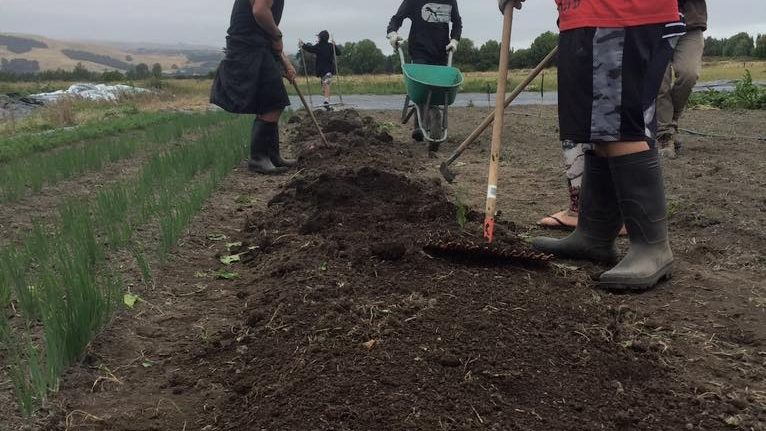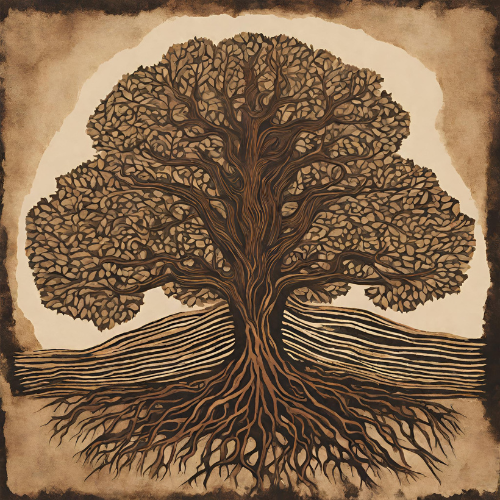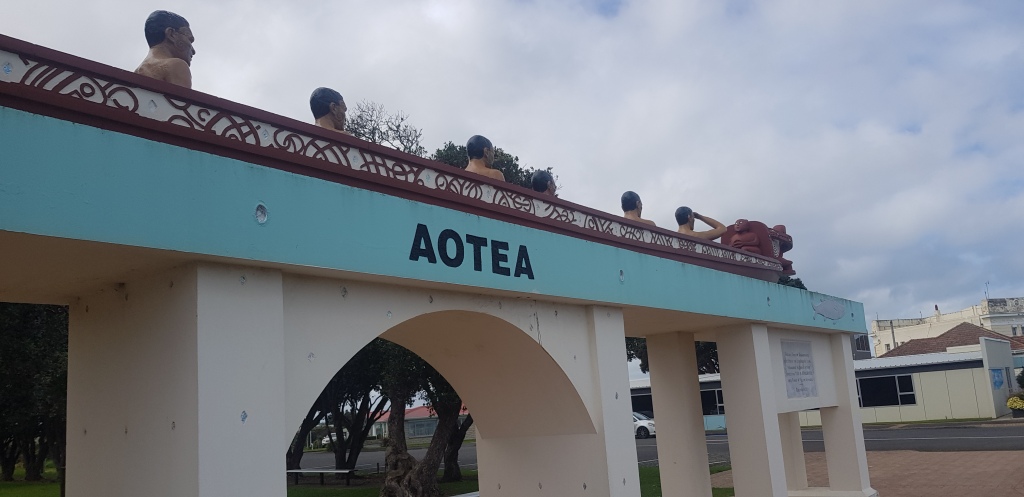With my colleagues David Conradson, Stephen Healy, Gradon Diprose and Amanda Yates, I recently published an article for a special issue of the journal Cities. Here’s a plain language summary!
In the aftermath of devastating earthquakes in Christchurch, New Zealand gaps in the landscape emerged, and some new ideas and possibilities were able to take root and eventually thrive. Our article pulls together some of these interesting alternatives and uses the idea of ‘counter-city’ to describe what’s going on.
What is a counter-city?
When we think about cities, we often think of those in charge making decisions, sometimes influenced by the interests of big businesses and industriesto maintain a preference for capitalist modes of competitive development. But we might also think of the ‘counter-city’, thinking of everyday people, artists, Indigenous leaders, and communities who maintain more collaborative modes of urban change.
The counter-city isn’t a fully formed alternative to the regular city, and it doesn’t completely get rid of the business-as-usual ways of doing things. Instead, it’s a mix of innovative changes that invite us to think about a different kind of city. It’s a city where we explore new possibilities beyond the usual, always-capitalist city.
In our article, we discuss how changes and experiments in Christchurch, often led by community groups, transformed the city into a place where people could do things differently. This counter-city is a place where “hidden but now emerging ideas and ways of doing things” have turned into a “different way of doing things.”
If concrete is the usual infrastructure for the business-as-usual city, what is the infrastructure of the counter-city?
The counter-city is made up of structures, or “infrastructures,” that provide the foundation for how people organize and interact in their community. These infrastructures were shaped by the earthquakes and the changes they brought.
If we think of the counter-city within Christchurch, we think of the “commons” and “commoning” practices present, where people came together to share resources and spaces. While these were often temporary, they aimed to shift the management of resources and spaces from private responsibility to shared responsibility. They were led by the community, with people working together for the greater good. We can think of these as “social infrastructure”, relatively stable structures that provide a foundation for people in the counter-city.
One such commons/infrastructure was an urban farm run by a social enterprise. In our work interviewing young people and staff on this urban farm, we found that in this counter-city, people also started to see themselves differently even if their commoning activities were temporary. They moved away from the idea of “everyone for themselves” and embraced a sense of caring for each other and the community. This way of thinking and being is what we call a “postcapitalist” subjectivity. In simple terms, it’s like moving from just thinking about money and profit to thinking about taking care of each other and the environment.
In the postcapitalist counter-city we are trying to describe, we called these people “commoners.” Commoners are individuals actively involved in caring for shared spaces, knowledge, or resources. They are at the heart of the counter-city’s transformation.
How do these infrastructures relate to people and the way they understand themselves?
In our article, we look at an urban farm in Christchurch. We explore how it became a “commons” where people and the environment came together as a kind of infrastructure of care. We’ll see how this farm changed young people’s way of thinking and acting, making them more focused on caring for the community and the environment. They spoke of a shift in their relationship with the world around them, encompassing everything from the land and garden to the larger ecological systems, the food system, the community, and their fellow workers. These transformations were collective, bearing a striking resemblance to the concept of “homines curans” – the collective caring subject – rather than the individualist, work-focused “homo economicus.” Another way to say this is that they became something more like “commoners” — people who care for commons together.
This journey through this example can help us understand what a counter-city might mean, and how the shift in how people see themselves and their community can shape the future of cities.
Drawing from postcapitalist theory, we explored the dynamics of commons as infrastructure, commoning, and subjectivity in this example. Encounters with more-than-human infrastucture/commons created conditions for collective caring urban subjects to emerge. The commons, often overlooked, can be viewed as an infrastructure of care for the counter-city. It sets the stage for the growth and flourishing of collective caring subjectivities.
Many thanks to ChatGPT, who helped to simplify some of our language in this summary.
The reference for the article: Dombroski, K., Conradson, D., Diprose, G., Healy, S., & Yates, A. (2023). Cultivating commoners: Infrastructures and subjectivities for a postcapitalist counter-city. Cities, 143, 104635. https://doi.org/10.1016/j.cities.2023.104635






Leave a comment